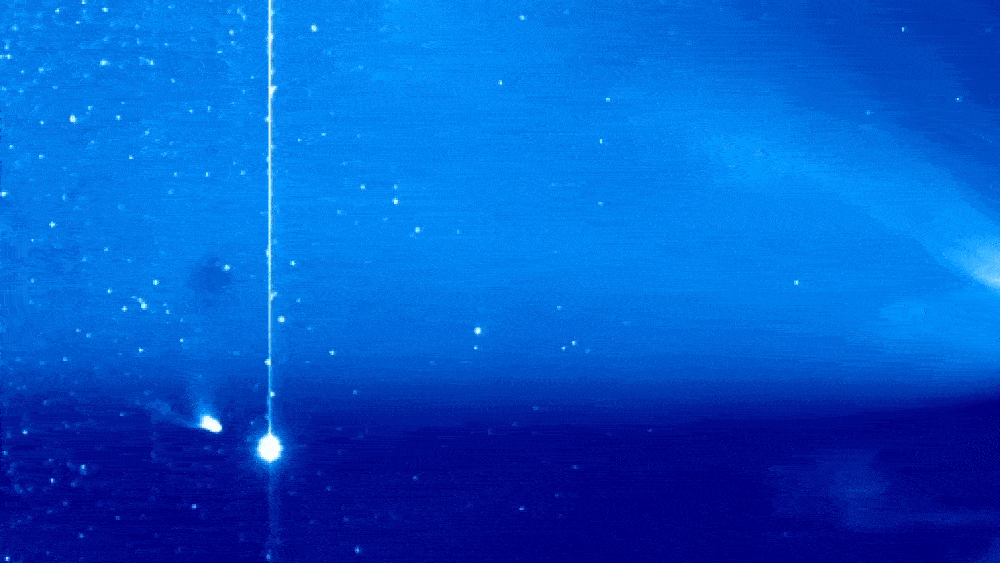Crystals, Vol. 13, Pages 588: Enhanced Photodegradation of Rhodamine B Using Visible-Light Sensitive N-TiO2/rGO Composite
Crystals doi: 10.3390/cryst13040588
Authors: Maisari Utami Shaobin Wang Febi Indah Fajarwati Siva Nur Salsabilla Tania Amara Dewi Melinda Fitri
Rhodamine B (RhB) is extensively used for dyeing purposes, and cannot be completely removed using traditional water treatment technologies. Here, we report for the first time the photodegradation of RhB using nitrogen-doped titanium dioxide (N-TiO2) on reduced graphene oxide (rGO) composite (N-TiO2/rGO). The work primarily highlights the synergistic effect of the incorporation of N-TiO2 and rGO and its kinetic study for the photodegradation of RhB. The N-TiO2/rGO composite was synthesized by dispersing titanium(IV) isopropoxide and urea, followed by annealing treatment via the hydrothermal method with rGO. Scanning electron microscopy (SEM) images illustrated that N-TiO2 particles with an irregular round shape and white color were dispersed onto the rGO surface. X-Ray diffraction (XRD) patterns revealed that N-TiO2/rGO composite showed an anatase phase of TiO2 with a diffraction peak of 2θ = 25.622°. The gas sorption analysis (GSA) showed that N-TiO2/rGO had surface area, pore volume, and pore size of 53.393 m2/g, 0.096 cc/g, and 3.588 nm, respectively. The thermogravimetric-differential thermal analysis (TG-DTA) showed an anatase phase of TiO2 that appeared at a temperature of 200–500 °C, with a weight loss of 2.50%. According to the ultraviolet-visible diffuse reflectance spectroscopy (UV-Vis DRS) study, TiO2, N-TiO2, and N-TiO2/rGO had band gap energies of 3.25, 2.95, and 2.86 eV, respectively. The highest photodegradation of RhB was obtained at the optimum condition in pH 2 with a photocatalyst mass of 20 mg and an irradiation time of 90 min. The photocatalytic activity of N-TiO2/rGO using visible light showed a higher percentage of photodegradation at 78.29%, compared to 44.08% under UV light. The kinetic study of the photodegradation of RhB using N-TiO2/rGO followed the pseudo-second-order model.

 1 year ago
34
1 year ago
34


